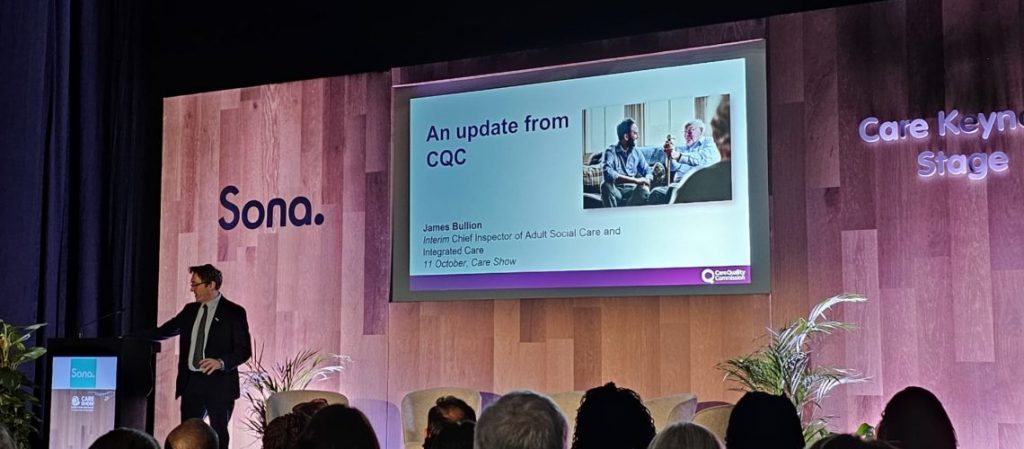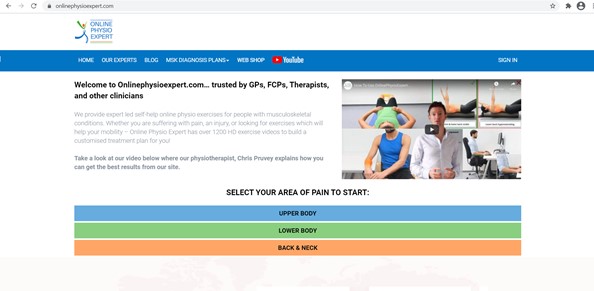What are PSR regulations and how do they affect NHS tenders?

Within the integrated care system, Integrated Care Boards (ICBs) are responsible for NHS budgets at a local level, arranging and commissioning the provision of health and social care services in their local area. On January 1, 2024 the Provider and Selection Regime (PSR) came into force specifically for the procurement of health care services for: […]
Are patients really ‘at the centre’ of integrated care?

For some time now, the Government has been promoting its policy of ‘person-centred care’. In fact, the term was first introduced in the NHS Plan and other government policy documents in 2000. What is person-centred care? According to the Care Quality Commission (CQC), person-centred care is defined as ‘providers making every reasonable effort to provide […]
How to win GP contracts and funding

If you are a surgery or general practice looking to win substantial contracts or funding, it can be a daunting prospect, particularly if you are an already over-worked GP or Practice Manager struggling for time. What types of GP contracts can you bid for? APMS (Alternative Provider Medical Services) contracts are regularly put out to […]
The new CQC Framework: what is it and how will it affect providers?

Earlier this year, the Care Quality Commission (CQC) announced it would be making changes to the way it works with suppliers and providers. These changes would include the establishment of a new assessment framework and provider portal and will apply to providers, local authorities and integrated care systems. Over the course of 2023, these plans […]
Virtual wards: An exciting opportunity for your business
FOR many industries, the pandemic has had a lasting impact, fuelling many new opportunities for growth and change, particularly in healthcare where virtual wards are now commonly used. It’s a process which largely began during the early days of lockdown, when businesses had to react quickly to find new ways of working remotely, embracing technology […]
Integrated care systems – what direction are things moving in?
In 2019, the NHS set out plans to revolutionise Integrated Care Systems (ICSs) as part of its Long Term Plan. The proposals included: Giving people more control over their own health and the care they receive Encouraging more collaboration between GPs, their teams and community services, as ‘primary care networks’ to increase the services they […]
What is the NHS System Oversight Framework and what does it mean for procurement going forward?

At the end of June, NHS England (NHSE) announced plans to transform the way integrated care systems (ICSs) buy non NHS goods and services in a document entitled NHS System Oversight Framework 2021/22. But what is the significance of this framework? And what will it change for companies and organisations looking to land NHS contracts? […]
Take control of your injury recovery with new self-help website, Online Physio Expert

Restrictions brought in to control the Covid-19 virus have changed life as we know it. Not only has the pandemic dramatically impacted the way we live and work, but it has placed immeasurable strain on the NHS and medical services as frontline medical staff battle the greatest challenge they have faced in modern history. New […]
Waiting lists and the long-term future of the NHS

Healthcare waiting lists in the UK are reported to be longer now than they have been for about two decades. In total, 4.52 million people are currently on NHS waiting lists and around 224,000 patients have been waiting for longer than a year. Experts have warned the overall waiting list figure could double to as […]
Primary Care Networks: A Challenging Collaboration?

Primary Care Networks are still in the early stages of formation and many people may be unaware or have little knowledge of them. Primary Care Networks were introduced in the NHS Long Term Plan in 2019 and since then, there has been the beginning of many formations to collaborate healthcare services for the benefit […]
